Dobongsan Mountain (도봉산)
2021-06-29
Dobong-dong, Dobong-gu, Seoul
+82-2-954-2566
Dobongsan Mountain, located in the northeastern section of Bukhansan National Park, is known for the magnificent rock formations of the main peak, Jaunbong Peak (740.2 m), as well as Manjangbong, Seoninbong, Jubong, Obong Peaks and Uiam Rock. Seoninbong Peak in particular has 37 hiking courses, including the famous Bakjwi (Bat) Course.
The mountain is also home to Cheonchuksa Temple, the oldest temple in the region, and several other temples including Mangwolsa and Hoeryongsa Temples, as well as a number of beautiful valleys such as Dobonggyegok, Songchugyegok, Obonggyegok and Yeongeocheongyegok Valleys. Dobongsan Mountain is easily accessible by public transportation, making it a popular attraction for people living in Seoul.
Jaunam Hermitage (자운암)
2023-05-08
Gwanak-ro, Gwanak-gu, Seoul
+82-2-882-3839
Jaunam Hermitage was originally built in 1396 by Great Monk Muhak of Joseon dynasty. It was renovated in 1734, and finally took shape of the hermitage we know today in 1976 when Monk Boryun added Daeungjeon Hall, Chilseonggak Pavilion, and Sansigak Pavilion. It is currently located in the famous Jahadong Valley on the Seoul National University campus.
Pungnap-dong Toseong Fortress (서울 풍납동 토성)
2025-01-10
Pungnap-dong, Songpa-gu, Seoul
+82-2-2147-2800
Onjo, the progenitor of Kingdom Baekje, first settled in Wiryeseong Hanam. But exact location is still unknown. One thing for sure, however, is that Pungnaptoseong Fortress, Mongchontoseong Fortress, Bangidong Ancient Tombs of Baekje, Seokchondong Stone Mound Tomb of Early Baekje are the remains of Baekje. Pungnaptoseong Fortress faces Hangang River to its west and connects to Mongchontoseong Fortress to the south. To the northwest faces Achasanseong Fortress over Hangang River and far to the southeast is Namhansanseong Fortress.
Pungnaptoseong Fortress, located at the south end of Cheonhodaegyo Bridge over Hangang River, is one of the remains of Early Baekje. Originally, the fortress was 4km in circumference, but due to massive overflowing of Hangang River during flood season in 1925, most of the fortress was lost and only 2.7km of it remains. To the east of the fortress are 4 vestiges of the fortress gates. The remains from the prehistoric era through the Samguk (Three States) era have been unearthed, indicating that this place was a residential area well before the Baekje Era. Through vigorous excavation, some people suggest that there used to be a palace located here during the Baekje Era.
Choamsa Temple - Yeongju (초암사(영주))
2020-03-27
330, Jukgye-ro 315beon-gil, Yeongju-si, Gyeongsangbuk-do
+82-54-633-2322
In search of a great place to build a Buddhist Temple invoking national security, Great Monk Uisang travelled around the country and reached this place. He built a small thatched hut here for a temporary stay and continued his search. Finally, he found a perfect place and built Buseoksa Temple. He also set up another temple in the site where his small thatched hut was and called it Choamsa Temple. Choamsa Temple is located below the valley in the south of Gungmangbong Peak of Sobaeksan Mountain. After the Korean War, the temple building had to be rebuilt, but it managed to preserve some of Provincial Tangible Cultural Asset including Samcheung Seoktap (a three-storied stone pagoda; Tangible Cultural Property 126), Dongbudo (East Stupa; Tangible Cultural Property 128) and Seobudo (West Stupa; Tangible Cultural Property 129).
* Jukgyegugok Valley
The valley stretching from Baejeom-ni to Choamsa Temple is called Jukgyegugok which Sobaeksan Mountain surrounds like a folding screen. Near the valley, one can find famous tourist attractions such as the Sosuseowon Confucian Academy and Buseoksa Temple. Toegye Yi Hwang came up with the name Jukgyegugok inspired by the fantastic scenery of the valley and the beautiful sound of the flowing water.
Seonggwansa Temple (성관사)
2024-04-07
492-83, Jangmu-ro, Jangsu-gun, Jeonbuk-do
+82-63-353-0396
Seonggwansa Temple is located in Jangsu-gun in Jeollabuk-do. It is said that the temple was established during the Goryeo dynasty (918-1392). The temple was designated as a traditional temple in July 1999.
Yeonan Pier (연안부두)
2020-08-05
70, Yeonanbudu-ro, Jung-gu, Incheon
+82-32-777-1330
Yeonan Pier is the starting point for all coastal passenger ships bound for the numerous islands in the western sea. The nearby Incheon Fish Market is always bustling with people who come to buy fresh fish and pickled fish at reasonable prices. Also located near the pier is the sliced raw fish market operated by the Marine Products Association. The southern quay is where boats and ships leave for sea fishing. The ships here are also available for rent for various purposes so events like reunions and seminars can be held aboard ship.
Incheon Gyeongseo-dong Nokcheongja Kiln Site (인천 경서동 녹청자 요지)
2021-04-23
54, Doyoji-ro, Seo-gu, Incheon
+82-32-440-4063
The Nokcheongja (Green Celadon) Kiln Site was designated as Historic Site No. 211 in May 1970. On December 9, 1984, the 82.6 ㎥ of the protective film was restored here. In addition, the unearthed models consisted of bowls and plates, as well as porcelain and pots. The colors of the glaze are greenish brown and dark green, opaque and non-glossy, and there are spots on the surface, but this is the component of the glaze. It is believed to have come from the influence of the special structure of the kiln and the firing temperature.
Osaek Mineral Spring (오색약수터)
2022-12-22
Osaek-ri, Yangyang-gun, Gangwon-do
+82-33-672-2883
Osaek Mineral Spring is situated 20 kilometers west of Yangyang and 7.5 kilometers southeast from Hangyeryeong Pass. The water, which springs from three base rocks by a brook, is carbonated and rich in iron. Up to 1,500 liters of iron-rich water spring out on a daily basis. Osaek became well known due to the splendid landscape leading up to the mineral spring and its location on the way to the summit of Seoraksan Mountain.
Huibangsa Temple (Yeongju) (희방사(영주))
2024-03-08
278 Jungnyeong-ro 1720beon-gil, Punggi-eup, Yeongju-si, Gyeongsangbuk-do
Huibangsa Temple is a temple located at an altitude of 850 meters in a valley south of Yeonhwabong Peak within Sobaeksan National Park. Founded in 643, it preserves the first Korean Buddhist scripture, the "Worinseokbo," and traditional Korean architectural styles. Surrounding areas are adorned with Sobaeksan Mountain's forests, offering opportunities for forest bathing and hiking. Flowing through the valley is a stream, adjacent to which stands the Huibangpokpo Falls, towering at 28 meters high.
The Ocean Resort Water Park (디오션리조트 워터파크)
2024-03-08
295, Soho-ro, Yeosu-si, Jeollanam-do
+82-1588-0377
The Ocean Resort Water Park is a water park within The Ocean Resort offers water fun while overlooking the Dadohae Sea. Indoors, there are artificial wave pools, slides, lazy rivers, a children's pool, and a spa. Outdoors, there are facilities such as slides, a cannonball pool, a wave pool, and an infinity pool. Convenience facilities like a food court and sauna are also available.
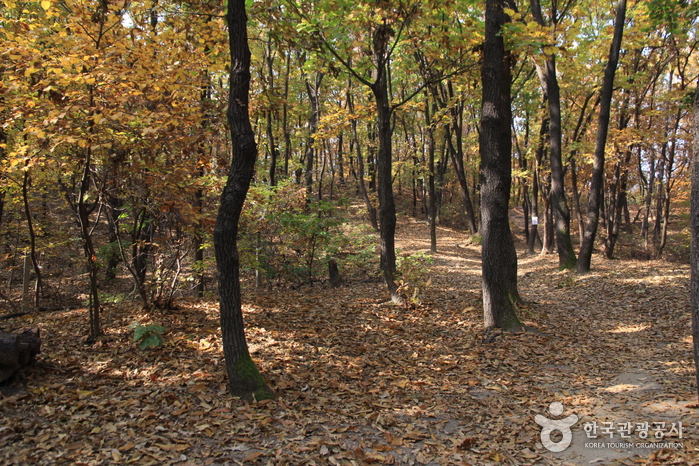
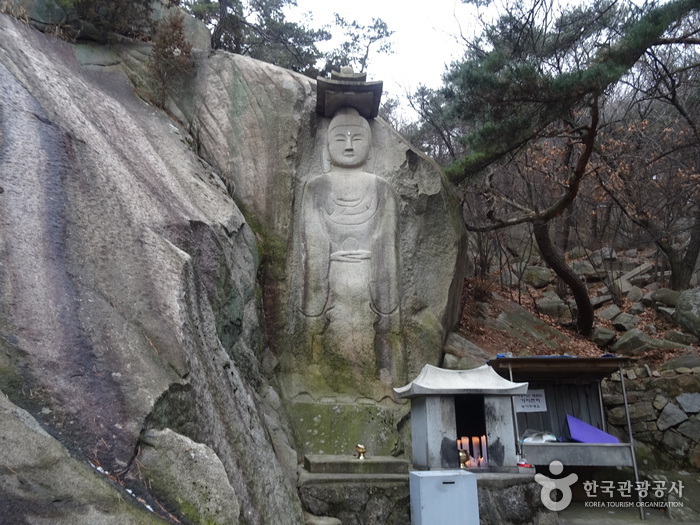
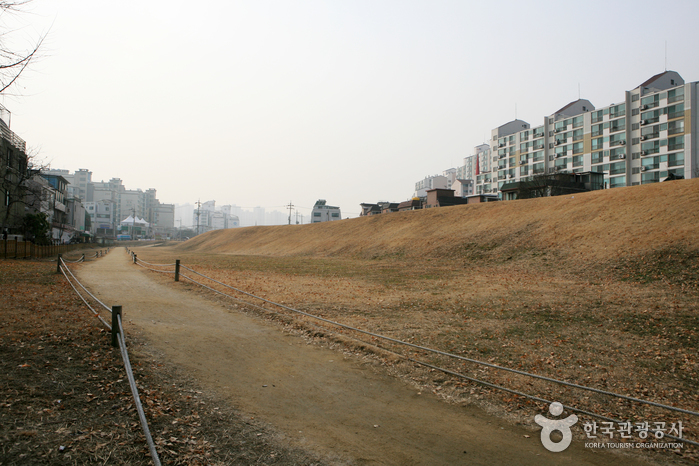
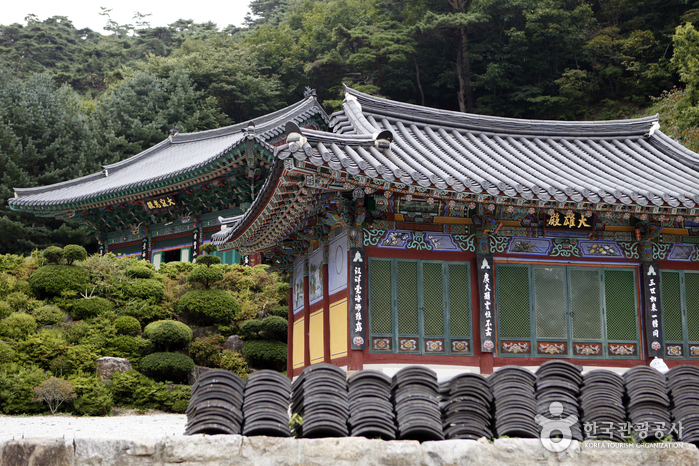
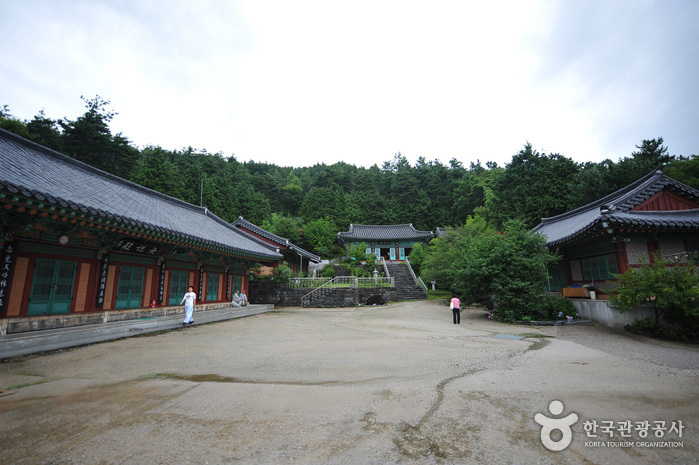
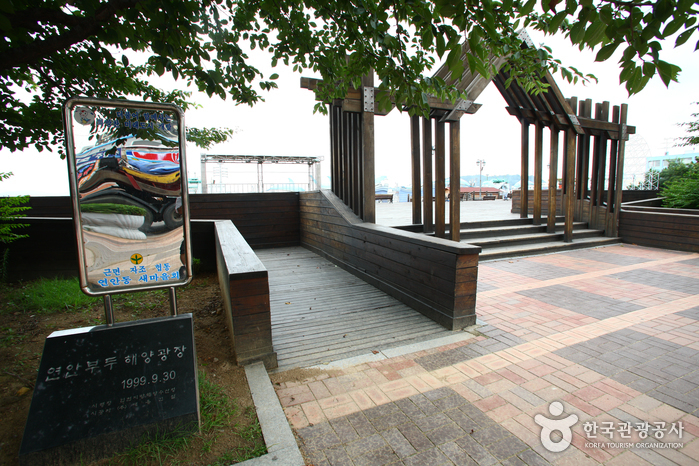
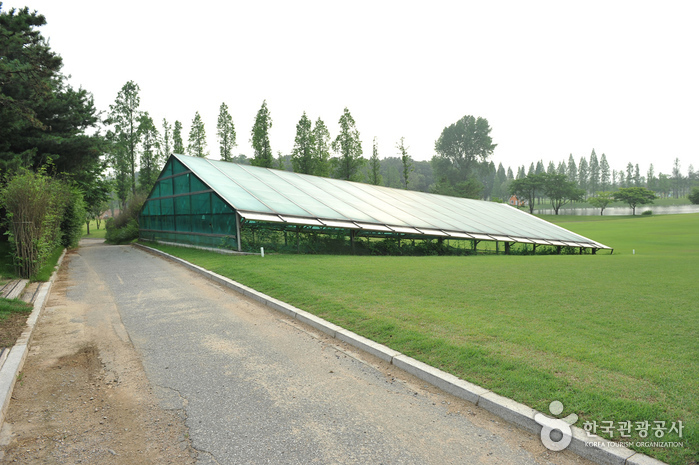

 English
English
 한국어
한국어 日本語
日本語 中文(简体)
中文(简体) Deutsch
Deutsch Français
Français Español
Español Русский
Русский